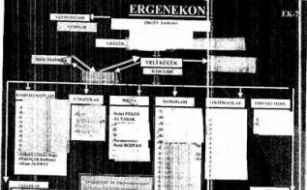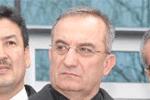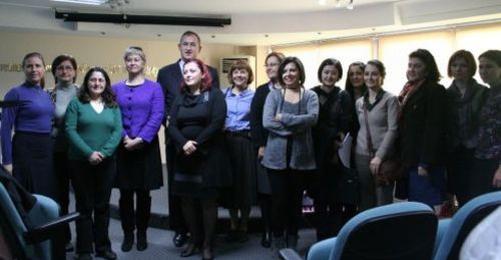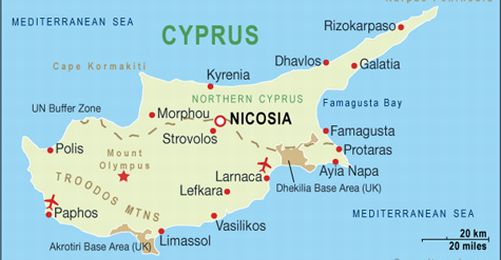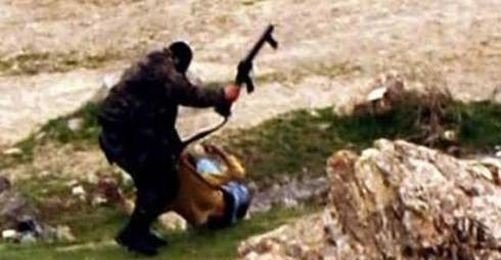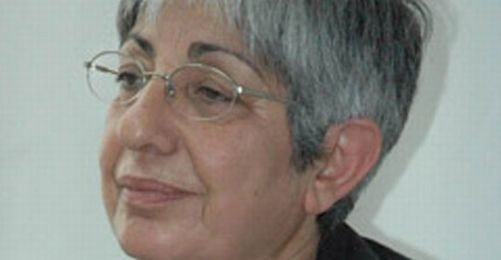In the second indictment in the Ergenekon investigation, the prosecutors have claimed that the clandestine ultra-nationalist organisation planned to take over control of the PKK (Kurdistan Workers’ Party) and to direct the Marxist Leninist Communist Party (MLKP), and were successful to a certain extent.
The indictment, which was accepted by the Istanbul 13th Heavy Penal Court on Wednesday (25 March), is based mostly on the statements of secret witnesses who are former members of organisations, and police reports. The prosecutors claim that there are “connections reaching back to the 1970s that leftist organisations cannot explain”, and that the organisations were supported from outside to spread terror.
Plans to take over PKK
During the searches carried out in the investigation, a document found speaks of the plan to take over the leadership of the PKK after its leader Abdullah Öcalan was captured and sent to prison in Turkey in 1999. The same document also discusses plans to take over the leadership of the pro-Kurdish People’s Democracy Party (HADEP).
According to the document, the plan was for Öcalan to dissolve the PKK’s council of leaders and bring people trained in the army to the head of the organisation. The prosecutors have found it worth their attention that the PKK dissolved its leadership at its 7th concgress and formed a 51- person- strong party council; however, “it is not known who promoted these people and how.”
The indictment further says that the Ergenekon aimed to move the PKK away from its “EU and Pentagon line” and turn it into an organisation that would protect Turkey in the East.
Doğu Perinçek and Veli Küçük
The prosecutors further cite photos of Doğu Perinçek and Ferit İlsever from the Workers’ Party, who were photographed with Öcalan in PKK camps. Based on evidence from a secret witness, the indictment emphasised that Perinçek turned the meetings he had with Öcalan in the 1980s into a book, and that Öcalan “praised” Perinçek.
Another argument put forward in the indictment is that the leftist militant DHKP-C (Revolutionary People’s Liberation Party – Front) and the PKK were strengthened in the Giresun area (on the Black Sea) when Ergenekon suspect Veli Küçük was Gendarmerie Commander there in 1996.
Links to MLKP
The prosecutors further make a claim of connections between Ergenekon and the Marxist-Leninist Communist Party, basing their claim on police reports on events in the Istanbul neighbourhood of Gazi in 1995.
According to the indictment, authorities knew about the riots, which “led to reviving the MLKP” before they happened. In addition, police operations against the MLKP have shown that they have detailed informatino about some high-ranking soldiers. The police has claimed that the MLKP, weak at the time, could only have had such intelligence fed to it from outside.
The prosecutors further add that the hand grenades found in Lieutenant Colonel Mustafa Dönmez’ house are of the same series as those used by the MLKP.(EÜ/AG)





